Drentsche Patrijshond
Drentsche Patrijshond is a farm dog initially bred for many purposes, including cart pulling and keeping the farm vermin-free. This is a versatile dog breed that is highly intelligent and adaptable. Drentsche Patrijshonds makes great pets.
They can adapt to all living conditions if their needs are met. Today these dogs are still used for hunting, and they are very good at that job. Here are the most important things you should know if you’re interested in the Drentsche Patrijshond.

Height:
21–25 in (53–63 cm)

Weight:
48-73 lb (22-33 kg)

Origin:
Netherlands

Life Expectancy:
11-14 years
Dog Breed Characteristics
Appearance
The Drentsche Patrijshond is a medium-sized Spaniel-type dog with a thick and dense coat that obscures the view of its athletic body, similar to the English Springer Spaniel. Their skull is slightly domed, and their ears are long and furry, framing their face. Their nose is large and must be brown at all times.
Their oval, amber eyes will be looking at you imploringly, with a sweet and gentle expression on their face.
Their bodies are typically rectangular in shape, and they have a long, furry tail that may be curved at the tip. Adult dogs of this breed are usually between 21 - 25 inches tall and measure 48 - 73 pounds. Female dogs are slightly smaller than males.
Coat type
The coat of the Drentsche Patrijshond is dense, and while it does not have long fur all over, it is longer on the chest and throat. Their fur is not curly, but they do have wavy hair on the back that lies flat up to the tail, which is covered in thick hair that tapers.
They are not suitable for allergy sufferers. The Drentsche Patrijshond can withstand various weather conditions due to their longer coats.
Coat color
The majority of dogs will have a predominantly white coat with large brown markings. Markings in orange are also acceptable. Some dogs can appear with tiny markings or even have no markings.
Temperament
Because the Drentsche Patrijshond has always lived with people and has never been kept outside or in outhouses, they are very human-oriented. These dogs will rely heavily on their owners and form long-lasting, strong bonds. This reliance on humans can become an issue if a dog is left alone for an extended time, as they may develop separation anxiety.
From a young age, socializing with the Drentsche Patrijshond will ensure that they accept strangers without hesitation. They are well-known for their patience and tolerance of young children and perform admirably with them. They can serve as watchdogs because they are alert and protective of their family. While they are unlikely to attack an intruder, they will bark to alert their owner of the stranger's presence.
While they typically hunt alone, they do well in the company of other dogs. Despite this reputation, they should not be trusted with smaller animals because they will chase and hunt them instinctively. While on the hunt, they are driven and hardworking, but once home, they are content to relax by the fire.
Care guide
To detect any health issues early, you should keep up with your Drentsche Patrijshond's regular veterinary checkups, just like you would with any other dog. Your veterinarian can assist you in developing a care routine that will keep your dog healthy. The following are the most critical aspects of Drentsche Patrijshond's care.
Grooming
It is not surprising, given their thick coat, that this breed sheds impressively. Despite their dense coat, they are low-maintenance when not shedding and only require brushing every few days.
Spaniels, in general, are prone to ear infections, and the Drentsche Patrijshond is no exception. Their ears must be checked on a regular basis to ensure that they are not turning red, stinking, or filled with discharge. Cleaning should be done regularly. To reduce the risk of infection, ear canals should be dried after swimming or bathing.
You can even use dog-safe ear cleaners that will help you keep your dog’s ears peachy. Brushing their teeth and clipping their nails should begin at a young age, as with all dogs.
Exercise needs
Drentsche Patrijshonds have a lot of energy, so you'll need to keep them busy on a daily basis. They were bred to work all day, so expect to spend a significant amount of your free time outside with your dog.
These dogs will have a lot of fun doing things like hiking, obedience, chasing the ball, and so on. If their needs are met, you can be confident that you will end up with the best dog.
Training
While all gun dogs are born knowing how to perform the task for which they were bred, training the Drentse Patrijshond to perform other tasks can be difficult. They are undeniably intelligent, but they are often stubborn, necessitating a firm and consistent trainer.
Because they are sensitive by nature, they will react negatively to criticism, punishment, and shouting, and a trainer will achieve far better results with positive reinforcement and patience. Here is a helpful guide that can get you started - Clicker training introduction.
Socialization
Early socialization is essential to ensuring that you end up with the best dog possible. As soon as you bring your Drentsche Patrijshond home, begin socializing them. With proper socialization, you can prevent your dog from becoming shy or aggressive.
Expose your Drentsche Patrijshond to a variety of dogs, people, sights, and sounds to teach them how to react appropriately in various situations.
Drentsche Patrijshond and children
Drentsche Patrijshond is best suited for a family with older children who understand how to interact with the dog. Before allowing them to play, teach your children the proper way to approach, interact with, and play with the dog. This way, you can be confident that your children will respect the dog.
Drentsche Patrijshond and other pets
Drentsche Patrijshond can learn to get along with and enjoy the company of other dogs. You don't have to worry about your dog becoming aggressive or not getting along with other dogs if they receive proper socialization.
Because this is a hunting dog, Drentsche Patrijshond may begin chasing smaller animals like gerbils, guinea pigs, or ferrets.
Health
Drentsche Patrijshond are generally healthy dogs with a lifespan of 11 - 14 years, but like most dog breeds in the world, they can suffer from breed-specific health problems. Those problems include:
- Hip dysplasia
- Progressive retinal atrophy
- Hereditary stomatocytosis
- Elbow dysplasia
- Entropion
- Ectropion
- Ear infections
If you want a puppy with the best health possible, you should never purchase them from questionable sources. Official and responsible dog breeders inspect their breeding dogs on a regular basis, and they will not breed dogs if there is a chance that the puppies will be born with inherited diseases.
Drentsche Patrijshond breeders
The most important thing to remember when purchasing a Drentsche Patrijshond is to do so from a responsible and reputable Drentsche Patrijshond breeder. Responsible breeders will produce dogs that look good and have great personalities.
You must find a reputable Drentsche Patrijshond breeder who can assist you in learning about this breed and making an informed decision about purchasing a dog with these characteristics.
Purchasing a dog from a responsible breeder will cost you more money initially, but you will be assured of receiving a healthy puppy. If you are unable or unwilling to buy a dog, we recommend you look into local animal shelters to see if you can find a Drentsche Patrijshond dog.
World Dog Finder team

Updated at04.09.2023.
Breed History
The Drentsche Patrijshond has an undocumented history and is thought to have originated several hundreds of years ago. Only in the 16th century did the first official records of the Drentsche Patrijshond begin to appear. At the time, Spaniel-type dogs were being imported into Holland from France, Italy, and Spain.
By the 17th century, several dogs were depicted in Dutch artwork that resembled the Drentsche Patrijshond's modern appearance.
The Partridge was commonly hunted in Holland, hence the name “Partridge dog.” Unlike the rest of Europe, where hunting was an elitist sport, hunting was open to people from all walks of life in Holland, particularly in the northern region of Drenthe, and was enjoyed by everyone from the poorest to the nobility.
The Drentsche Patrijshond was typically used for hunting alone rather than in groups. The more adaptable they were, the more their value went up. In addition to helping with hunting, their Dutch owners used them to pull carts and kill vermin. These dogs were treated as members of the family and lived in the house, ensuring that they were well-socialized despite their working nature.
The Drentsche Patrijshond was officially recognized by the Dutch Kennel Club in 1943. During the Second World War, the Dutch Nationals were eager to distinguish themselves from the Germans and celebrate all things “Holland.”
Their popularity as hunting gun dogs has persisted to the present day, and they are still a popular choice among Dutch hunters. Due to their friendly nature, these dogs are nowadays more adapted to the role of a household pet than a vigorous hunter. While they are becoming more popular in mainland Europe, they are still uncommon in the rest of the world.
The Drentsche Patrijshond is used to assist hunters by locating and flushing out hidden birds in the long grass. They will search for the game after it has been shot, then stand and point to their find until the hunter appears.
They will also retrieve the game on land or in water. They are slow and steady hunters who remain close to their master throughout the hunt.
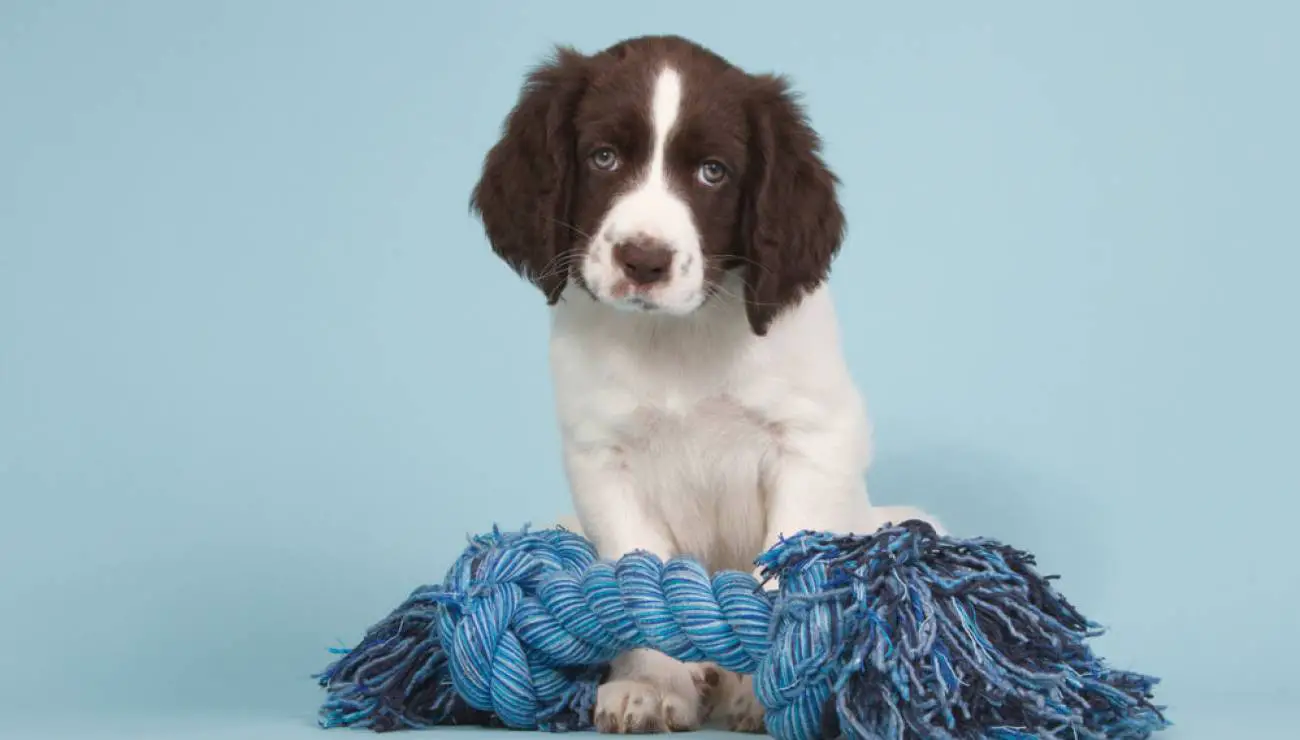
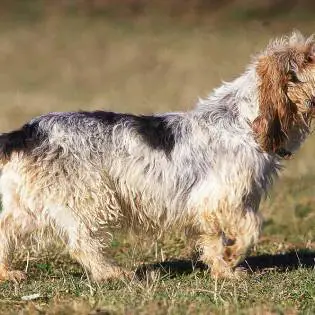
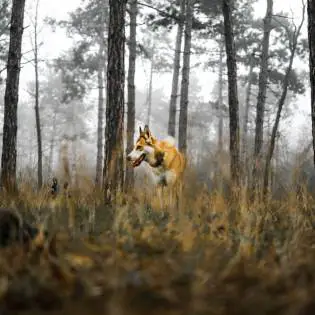
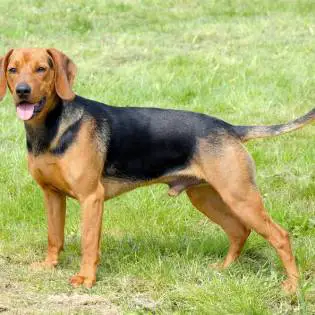
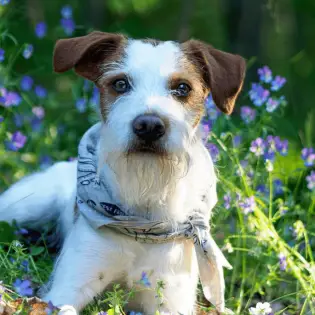
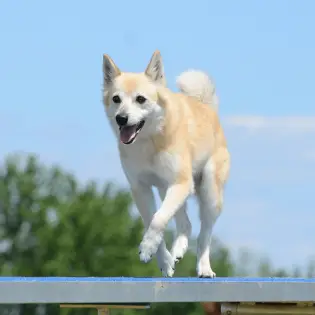
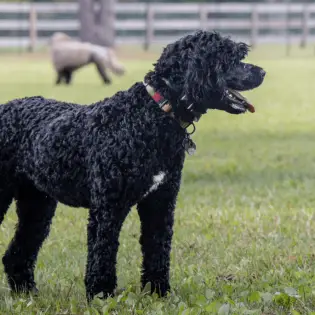
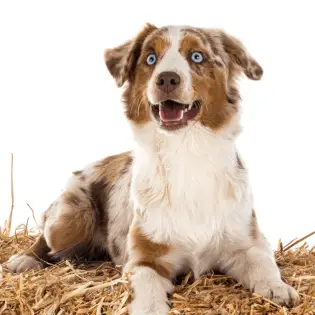
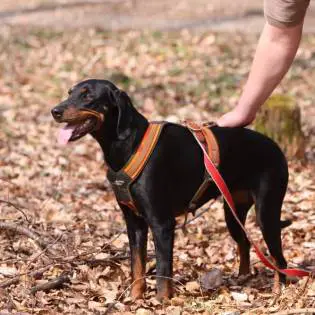
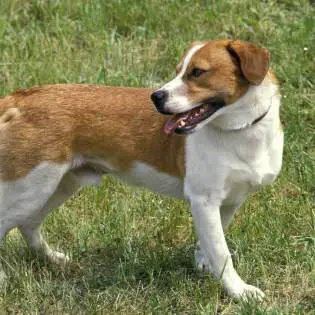
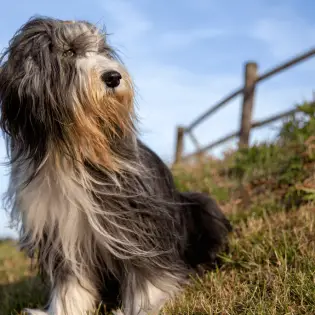

Share